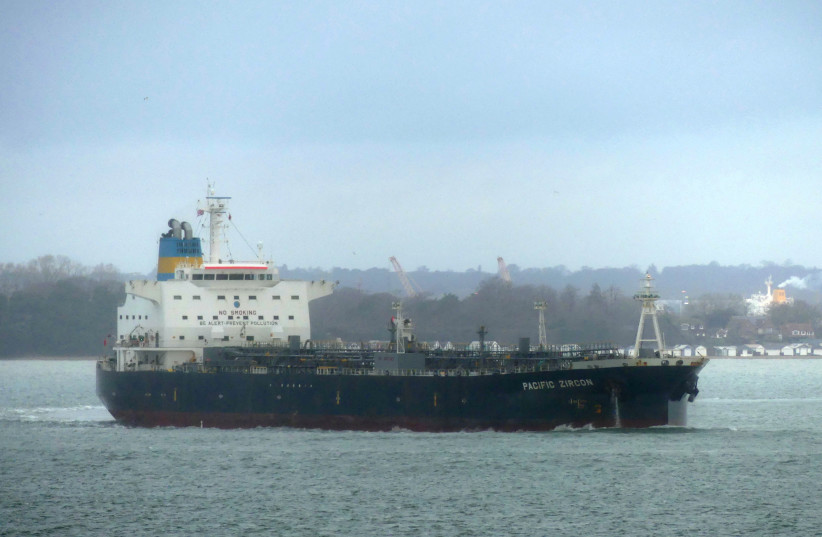Two recent incidents, an Iranian drone attack on a ship in the Gulf of Oman, and a rocket attack on US forces in Syria, have received quick responses from US Central Command (CENTCOM).
The responses come in the form of verification of what happened and also determination regarding the threats. On the surface, this could appear routine, but evidence shows that in the past it often took longer for the US to respond to these types of incidents.
<br>CENTCOM's eye on Tehran
CENTCOM is only one part of the US government’s focus on the Middle East, which includes diplomats and other offices, but it is an important part of the overall American footprint. It is also an important part of the information nexus, meaning it puts out statements about its activities and this apparently includes acknowledging attacks in the region.
On November 16, CENTCOM put out a page-long statement about the “Shahed-series UAV” strike on a commercial vessel, the Pacific Zircon.
The quick determination that this was a Shahed series drone matters. These drones have been used by Russia against Ukraine and they are made by Iran. This means there is increased awareness this year about the types of drones involved and Iran’s nefarious activities involving the use of drones against ships and against the US and partner forces in the region.

Iranian drones, for instance, have targeted US bases and facilities in the region in the past and they have targeted Saudi Arabia, the UAE, Israel, and Iraq.
What matters, in this case, is that CENTCOM commander Gen. Michael Kurilla was recently in Israel. US Central Command said that “during the visit, Kurilla…visited the Rosh HaNikra crossing point on the Blue Line between Israel and Lebanon and the Alpha Line between Israel and Syria on the Golan Heights.” He was provided with an overview of the threat posed by Hezbollah in the area, and the IDF's focuses on security.
<br>Iran draws more attention to itself
Meanwhile, Iran has been increasing its activity in the region. It carried out missile and drone attacks on Kurdish opposition groups in Iraq this week and targeted the ship and the US facility in Syria. These are not new operations for Iran. In the past Iran struck at Kurds in Iraq, in September and also back in 2018.
Iran and its proxies have also frequently targeted US forces in Syria. Earlier this year the US carried out air strikes in response. However, the Iranian export of drones to Russia appears to mean that there is an increased spotlight on Tehran’s threats. This is important for the region as US partners all want Washington to be more focused here.
